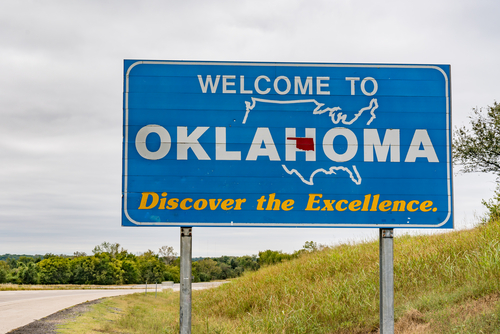
On Thursday, the U.S. Department of Transportation announced it would loan Oklahoma up to $45 million in low-interest loan to improve rural road safety.
The loan will be provided to the Oklahoma Capital Improvement Authority (OCIA) on behalf of the Oklahoma Department of Transportation and will use Build America Bureau funds. The loan will fund Phase 2 of the state’s Rural Two-Lane Advancement and Management Plan (RAAMP) enhancing 29 miles of rural roads with eight-foot shoulders, rehabilitated and resurfaced roads and wider bridges in Atoka, Cherokee, Grady, Lincoln, Major, Pottawatomie, and Washita counties.
“A disproportionate share of traffic crashes occurs on rural roads due to a lack of shoulders and outdated infrastructure, often resulting in severe injuries and loss of life,” said Deputy Transportation Secretary Polly Trottenberg. “This project will invest $45 million to improve and update rural roads, making travel safer for communities across Oklahoma.”
Oklahoma officials said 38 percent of the serious and fatal crashes in that state take place on rural roads with no shoulders. To enhance safety on the roads, the state is taking advantage of the Bild America Bureau’s Rural Project Initiative that allows rural borrowers to borrow up to 49 percent of eligible project costs while locking in lower interest rates at half the Treasury rate.
ODOT said this is the second loan for RAAMP. The first, $41.55 million, was financed in June for 27 miles of roadway improvements.
“The Rural Project Initiative is a great opportunity for rural communities like those in Oklahoma to improve their infrastructure,” said Bureau Executive Director Morteza Farajian. “Oklahoma’s innovative financing approach is helping to deliver these overdue improvements at a lower cost and most importantly, is saving lives through delivering safety enhancements years faster. Other communities can benefit from this approach as well.”
Officials said using Build America Bureau funds and Transportation Infrastructure Finance and Innovation Act (TIFIA) loans would not only save the state an estimated $29 million in project costs, but would complete the project in three years, as opposed to the 12 years it would take if completed the traditional way.